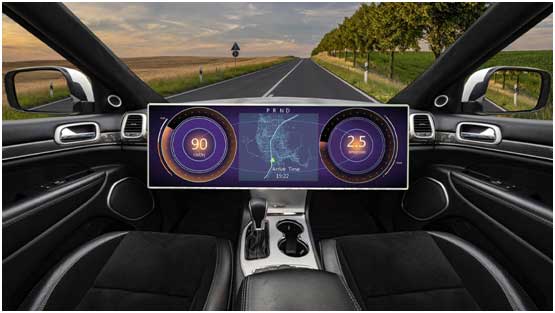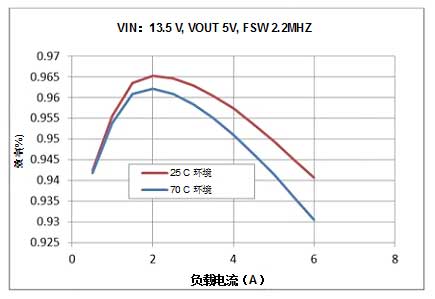
How to promote the future development of the infotainment system?
“No matter where you are, you will hear the term “car of the future”. As the automotive industry continues to make leaps with self-driving cars, what will happen to the driving experience when people really don’t need to drive the car in person?
“
No matter where you are, you will hear the term “car of the future”. As the automotive industry continues to make leaps with self-driving cars, what will happen to the driving experience when people really don’t need to drive the car in person?
This is no longer a hypothetical question. Since our attention will no longer be focused on operating the vehicle, the on-board entertainment system will become even more important. Increasingly attractive infotainment systems have enabled drivers and passengers to fully enjoy driving while collecting important information about their cars and journeys. This trend will accelerate.
Judging from the concept cars displayed at the global auto show, these infotainment systems will no longer be included only in the center console, but will extend to the entire dashboard (see Figure 1), as well as the steering wheel, front seat headrests, Even the screen on the windshield with a head-up Display allows the driver to see directions and other important information without having to look away from the road.

Figure 1: Example of a future infotainment system (digital cockpit) across most of the dashboard
These increasingly complex systems will provide drivers and passengers with many unexpected benefits in the head unit or integrated cockpit, such as navigation, car diagnostic information, wireless and Bluetooth® connectivity, music selection, and video entertainment. These features will Need a lot of data processing. In addition, not only will the number and size of the screens used to display this information increase, but the resolution will also increase, so more power is required.
Today, infotainment systems powered by car batteries typically use 3A to 4A to power processors and displays. This is only enough to power one display. This power level can also fully support the processor. However, larger and more displays have correspondingly increased power requirements. Many of these systems require 6A of battery current, while some complex systems require 8A to 10A.
Therefore, engineers need to find DC/DC step-down converters and controller products that can provide the power, electromagnetic interference (EMI) performance and efficiency required for these types of applications. As the infotainment system relies on the car battery to supply power, in order to minimize the heat released by the system, and at the same time to ensure that the battery does not excessively dissipate heat when the car is turned off, high-efficiency power solutions will become more and more important.
LM5143-Q1 is an example of a device that solves these problems. This low quiescent current two-phase controller can easily support the 8 to 10A output current in the latest infotainment systems. In view of the thermal challenges that arise at these higher output currents, the LM5143-Q1 and its external field-effect transistors provide an attractive solution with its additional flexibility. In addition, the peak efficiency of the LM61460-Q1 at a common load current exceeds 93% (see Figure 2), which minimizes heat dissipation and allows you to focus on other aspects of the design. The good EMI performance of this device is the top priority of the infotainment system, helping to minimize noise near FM broadcasts (causing audible noise) and other systems where EMI may affect normal operation.

Figure 2: The efficiency of LM61460-Q1
The future infotainment market has unlimited potential and is very exciting, but high-power infotainment systems also face special challenges, such as heat dissipation and the need to reduce the size of the overall solution. LM5143-Q1 and LM61460-Q1DC/DC solutions can help meet these challenges and meet the growing demand for high-current step-down converters.
The Links: PD050VL1 LC171W03-C4K1



